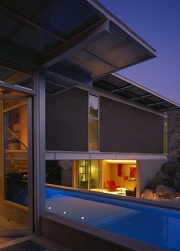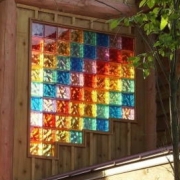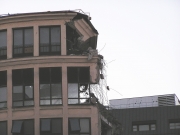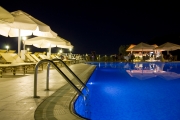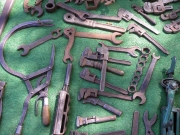House of the Month: Green Desert Home
Ana Escalante’s Greenbaum Residence
Snuggled into a delightful desert spot in Rancho Mirage, California, Architect Ana Escalante, founder of Escalante Architects, introduces an unpretentious home whose brilliant, sustainable design mimics how nature reconciles cozy shelters. In fact, one may wonder where the desert’s landscape stops and the house begins. Escalante draws from ecological ideas such as passive solar ventilation and cooling that offer her client an organic home that breathes resources back into nature.
The Project: A Carbon-Neutral Footprint
The client, Robert Greenbaum, is a film producer with very strong green initiatives for his home and lifestyle as well. He commissioned Escalante as his architect with two parameters: a carbon-neutral footprint and a lap swimming pool. Incorporating a lap swimming pool within a three-bedroom house on a tight site was Escalante’s first hurdle. “Before I went to the drawing boards, I met again with Greenbaum in a plea for him to reconsider the size of the swimming pool,” says Escalante. "Quite adamant, he insisted that his life faithfully centers on swimming daily for hours, often up to five miles per day."
